Seven speakers presented at Johns Hopkins Institute for NanoBioTechnology's fifth annual nano-bio symposium, held May 13, 2011. This year's topic - cancer nanotechnology - was approached from a variety of angles.
Jun 2nd, 2011
Read more
University of Sydney scientists have discovered a startling new mechanism where sunlight can rearrange the atoms of molecules to form new chemical substances.
Jun 2nd, 2011
Read more
Rice University researcher Sibani Lisa Biswal and Kai-Wei Liu, a graduate student in Biswal's lab who recently earned her doctorate at Rice, used microcantilevers as ultrasensitive measuring devices to study how lipid bilayers interact with surfactants.
Jun 2nd, 2011
Read more
New method marks advance in efforts to develop a replacement for silicon in high-performance electronics.
Jun 2nd, 2011
Read more
A $320,000 National Science Foundation grant to investigate what is called "icophobic behavior" by select surfaces.
Jun 2nd, 2011
Read more
Das hat die Welt noch nicht gesehen: Ein Werkstoff, der quasi auf Knopfdruck seine Festigkeit aendert. Dieser Wandel in Sekundenschnelle kann durch Aenderungen der Elektronenstruktur eines Materials erreicht und so zum Beispiel aus einem festen und sproeden Stoff ein weicher und formbarer werden. Den entscheidenden Impuls liefern elektrische Signale, Clou dieser sensationellen Entwicklung.
Jun 2nd, 2011
Read more
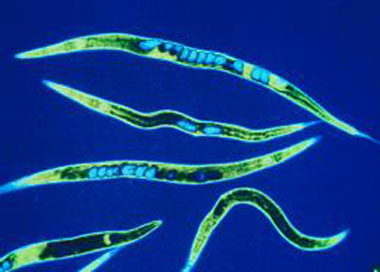 A space flight by millions of microscopic worms could help us overcome the numerous threats posed to human health by space travel. The Caenorhabditis elegans (C. elegans) have also given experts an insight into how to block muscle degradation in the sick and elderly.
A space flight by millions of microscopic worms could help us overcome the numerous threats posed to human health by space travel. The Caenorhabditis elegans (C. elegans) have also given experts an insight into how to block muscle degradation in the sick and elderly.
Jun 2nd, 2011
Read more
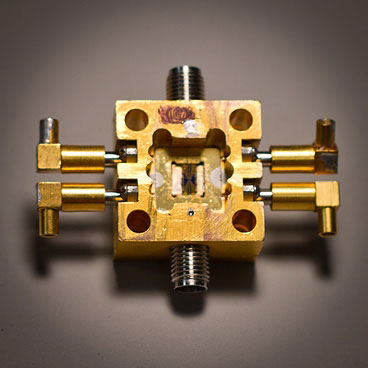 The power of quantum computers depends on keeping them in a fragile quantum-mechanical state - which researchers have found a new way to extend.
The power of quantum computers depends on keeping them in a fragile quantum-mechanical state - which researchers have found a new way to extend.
Jun 2nd, 2011
Read more
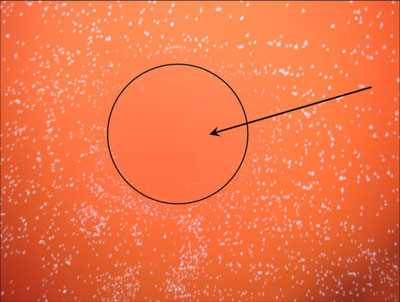 Antibiotics are among the greatest achievements of medical science. But lately the former multi-purpose weapon fails in the battle against infectious diseases. Bacteria are increasingly developing resistance to antibiotics. Researchers have now found a therapeutic equivalent which could replace penicillin and related phamaceuticals.
Antibiotics are among the greatest achievements of medical science. But lately the former multi-purpose weapon fails in the battle against infectious diseases. Bacteria are increasingly developing resistance to antibiotics. Researchers have now found a therapeutic equivalent which could replace penicillin and related phamaceuticals.
Jun 2nd, 2011
Read more
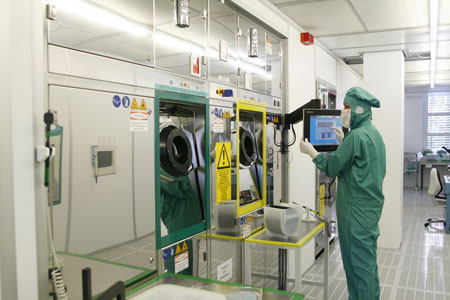 They see more than the naked eye and could make traffic safer: miniaturized thermal imaging sensors. But they are difficult to manufacture on a commercial scale. Researchers have now developed a new system. On it, special micro-electromechanical systems can be produced - with the correct etching technique.
They see more than the naked eye and could make traffic safer: miniaturized thermal imaging sensors. But they are difficult to manufacture on a commercial scale. Researchers have now developed a new system. On it, special micro-electromechanical systems can be produced - with the correct etching technique.
Jun 2nd, 2011
Read more
 Peizhen Kathy Lu, associate professor of materials science and engineering at Virginia Tech, is a 2011 recipient of the Friedrich Wilhelm Bessel Research Award presented by the Alexander von Humboldt Foundation.
Peizhen Kathy Lu, associate professor of materials science and engineering at Virginia Tech, is a 2011 recipient of the Friedrich Wilhelm Bessel Research Award presented by the Alexander von Humboldt Foundation.
Jun 1st, 2011
Read more
The Pittcon Program Committee is pleased to announce the Call for Papers for Pittcon 2012, which will be held March 11-15, 2012, at the Orange County Convention Center in Orlando, Florida.
Jun 1st, 2011
Read more
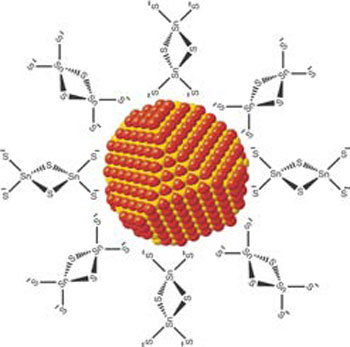 A team of researchers from the University of Chicago and the U.S. Department of Energy's (DOE) Argonne National Laboratory has demonstrated a method that could produce cheaper semiconductor layers for solar cells.
A team of researchers from the University of Chicago and the U.S. Department of Energy's (DOE) Argonne National Laboratory has demonstrated a method that could produce cheaper semiconductor layers for solar cells.
Jun 1st, 2011
Read more
Research without supercomputers is unimaginable nowadays. However, they increasingly represent an energy problem. Every single computer operation, especially deleting data, converts electrical energy into heat. For this reason, the latest research results by a team of physicists from Switzerland, England and Singapore deserve careful attention: under certain conditions, cold is generated instead of heat when deleting data. The only condition is that the content of the memory must be known "more than completely" during the deletion process. This is possible provided the so-called quantum-mechanical entanglement is included, since such entanglement carries more information than a classical copy of the data.
Jun 1st, 2011
Read more
Industry's only truly collaborative approach to design enablement delivers value, performance, and time-to-volume at leading-edge technologies.
Jun 1st, 2011
Read more
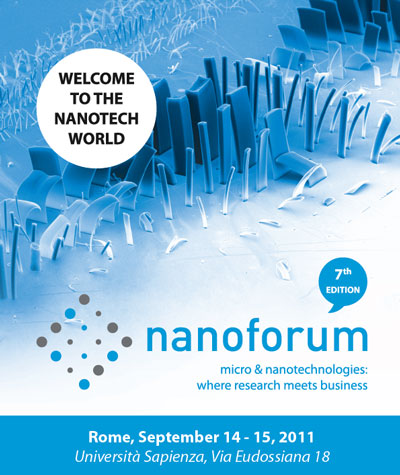 The seventh edition of nanoforum will take place on September 14-15, 2011, at Sapienza University of Rome. This event represents an excellent opportunity to get informed about the state of the art of nanotechnologies in Italy and abroad and to learn about the latest industrial applications, thanks to a large conference program and a specialized expo area.
The seventh edition of nanoforum will take place on September 14-15, 2011, at Sapienza University of Rome. This event represents an excellent opportunity to get informed about the state of the art of nanotechnologies in Italy and abroad and to learn about the latest industrial applications, thanks to a large conference program and a specialized expo area.
Jun 1st, 2011
Read more








 Subscribe to our Nanotechnology News feed
Subscribe to our Nanotechnology News feed